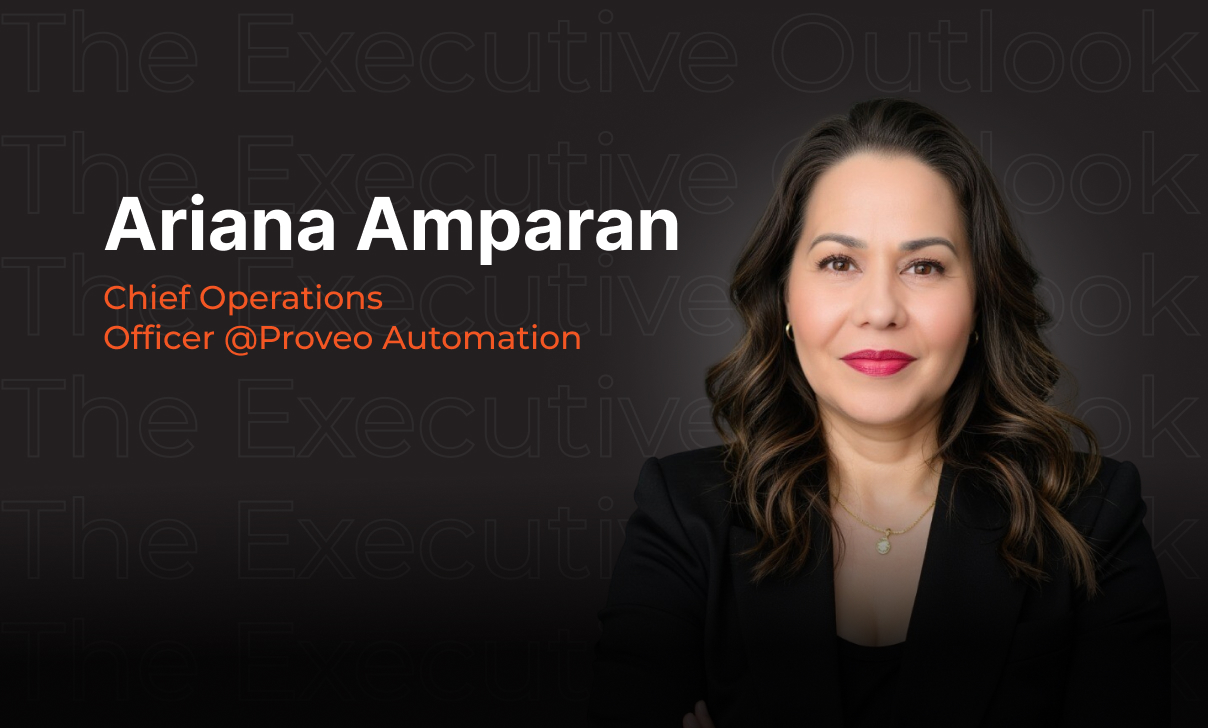In this special edition of The Executive Outlook, we had the insightful opportunity to talk with Scott Brammer, Chief Information Security Officer (CISO) at RegEd. With decades of experience ranging from national defense to innovative startups, Scott brings a powerful voice to how cybersecurity must evolve alongside AI and digital transformation.
Watch the full conversation on YouTube by clicking the link below:
Editor Bio

I’m Isha Taneja, serving as the Editor-in-Chief at "The Executive Outlook." Here, I interview industry leaders to share their personal opinions and provide valuable insights to the industry. Additionally, I am the CEO of Complere Infosystem, where I work with data to help businesses make smart decisions. Based in India, I leverage the latest technology to transform complex data into simple and actionable insights, ensuring companies utilize their data effectively.
In my free time, I enjoy writing blog posts to share my knowledge, aiming to make complex topics easy to understand for everyone.





